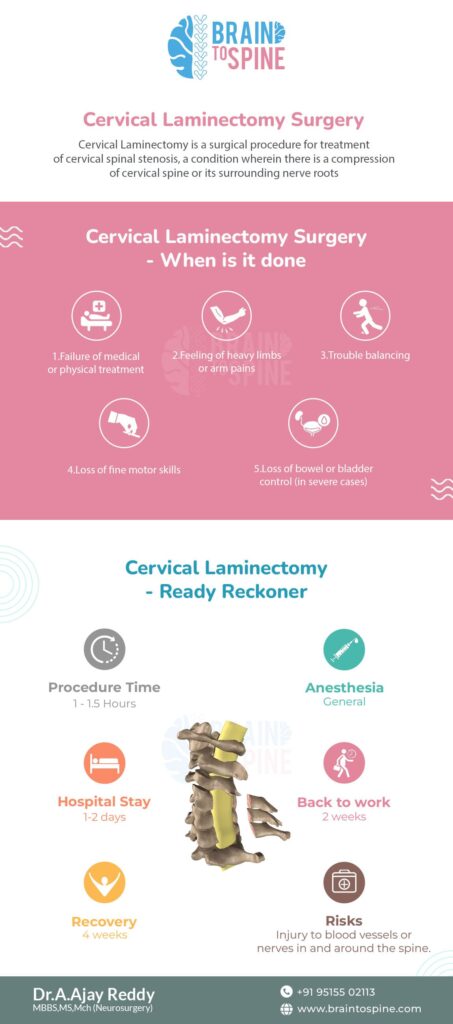

Care Before surgery
Things to Consider Before Surgery:
In the planning phase of the surgery, you are supposed to fulfill a form to determine your medical condition. Nothing should be hidden from the doctor.
The Night before Surgery:
- Take a shower.
- Spent the evening resting and go to bed on time.
- Nothing, including water, should be consumed for 8 hours prior to the scheduled surgery.
Morning of Surgery:
- Some drugs required to be taken regularly, such as blood pressure or thyroid disease drugs, may need to be taken in the morning of surgery. Discuss with your doctor about this condition in advance and take your drug in the morning of surgery if necessary.
- Nothing, including water, should be consumed for 6-8 hours prior to the scheduled surgery.
- Remove your contact lenses. Remove your earrings, necklaces, hairpins and piercings. Remove nail polish. Do not bring valuable things with you.
Post Surgical Precautions
- Do not bend forward at the waist more than 90º or raise knees higher than hips
- Do not lift more than 10 pounds.
- Do not twist your trunk while performing any activity.
- Do not cross knees or ankles while sitting, standing or lying.
- Always log roll out of bed. Have a pillow between your knees
for comfort and to help maintain precautions if necessary
Tip: Change positions often and alternate rest (sitting and lying
down) with activity (walking and exercise) to increase
comfort. Avoid sitting and standing for long periods of time.
FAQs
A cervical laminectomy is a surgery that is performed from the rear of the neck in order to relieve the pressure that is being placed on the spinal cord and nerves. In this procedure, the bony roof of the spinal canal, also known as the laminae, and any soft tissue that may also be contributing to the compression of the spinal cord, are removed very carefully.
Several conditions may require cervical spine surgery. Most often, degenerative conditions require this procedure.
A cervical laminectomy may be performed for the following reasons:
– To relieve spinal cord pressure from cervical canal stenosis/spondylosis or disc prolapse.
– In order to relieve pressure on a number of spinal nerves located in the neck (caused by foraminal stenosis, cervical spondylosis, or an intervertebral disc prolapse)
– To alleviate the symptoms of cervical spine instability (this may occur due to degenerative changes, arthritis, or trauma). In this particular scenario, the stabilisation of the spine and the relief of pressure on the spinal cord are both goals of the fusion procedure that is conducted utilising lateral mass screws.
When all other appropriate conservative procedures (pain medicines, nerve sheath injections, physical therapy, etc.) have failed, surgery is often suggested as the next course of treatment. Surgical intervention is likely to be the most effective form of first therapy in instances with considerable instability or neurological issues.
It all depends on your doctor’s diagnosis and some other factors. If your doctor determines that non-surgical treatment has not helped your condition and you are suffering from loss of fine motor abilities and coordination, arm discomfort, problems with balance, and the sensation of heavy limbs, they may recommend that you have a cervical laminectomy.
On the other hand, your doctor may decide that a cervical laminectomy isn’t the best course of treatment for you based on other medical conditions.
After surgery, the patient should begin walking within a day or two, and they should gradually raise their activity level as they are able to do so.
Depending on the number of vertebrae that were operated upon, the patient may need to wear a neck brace to support the neck while it is healing for anywhere between two and six weeks.
What is the success rate of a cervical laminectomy?
According to the findings of several studies, a cervical laminectomy provides symptom alleviation for the vast majority of patients. The severity of the condition being treated is another factor that will influence how well the treatment goes. The spinal canal is decompressed and the pressure that was pressing on the spinal cord and nerves is relieved when the procedure is performed. It does not treat the underlying condition that is causing the sickness, such as arthritis or degenerative disc disease.
The operation has minimal risk in most cases. There is a chance of internal bleeding, infection, nerve injury, spinal cord injury, and spinal fluid leakage.
